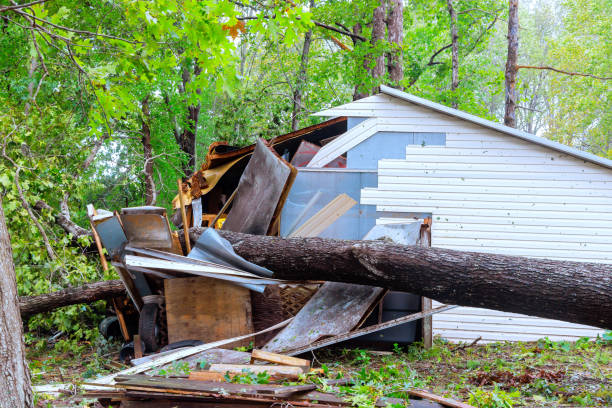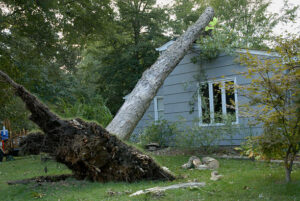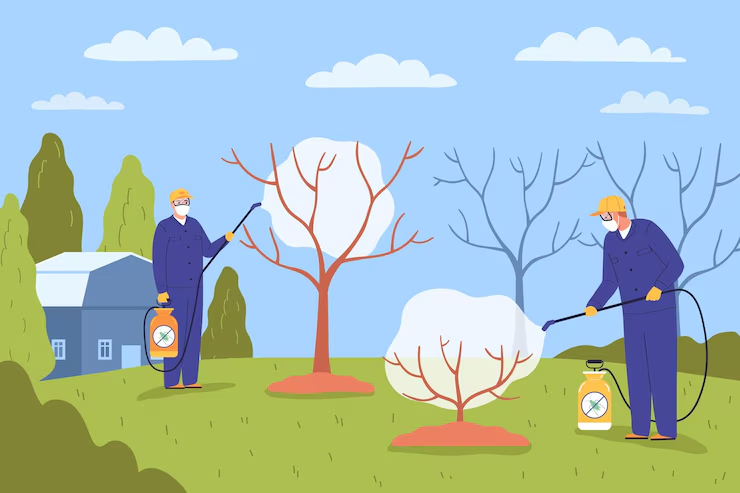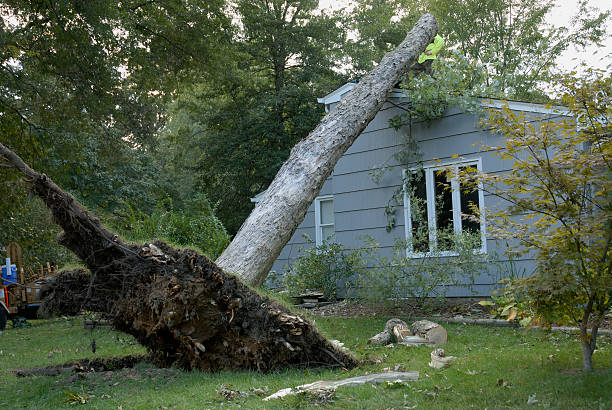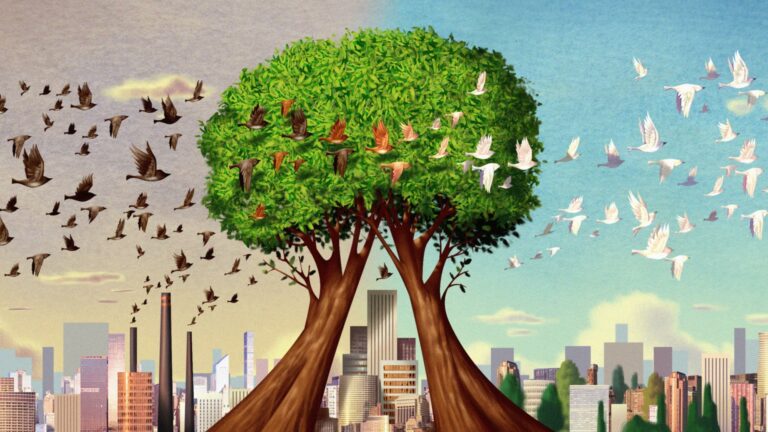The Pros and Cons of Tree Cutting: When Is It Necessary?
Tree cutting is a touchy subject. Some say it’s essential. Others call it destruction. The truth? It depends. There are times when cutting a tree is the best move for safety, property value, or environmental reasons. But there are also serious downsides. Let’s break it all down.
Pros of Tree Cutting
1. Safety Comes First
- Dead or diseased trees can fall at any moment. That’s a serious hazard.
- Storm-damaged trees with weak limbs pose risks to homes and power lines.
- If a tree is leaning dangerously, it’s better to remove it before it causes damage.
2. Preventing Disease and Pests
- Infected trees can spread disease to other trees.
- Pests like termites and beetles thrive in deadwood and can invade your home.
- Removing a sick tree can save an entire landscape.
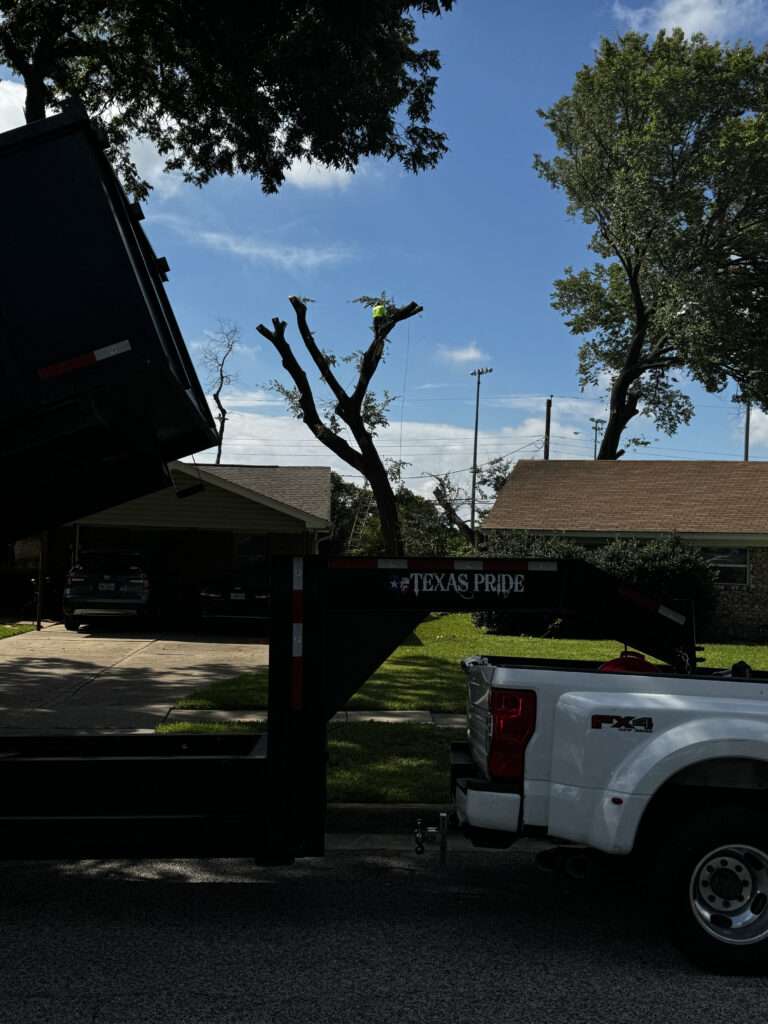
3. Boosting Property Value
- Overgrown trees can block curb appeal and reduce home value.
- Removing unwanted trees opens up landscaping possibilities.
- A well-maintained yard increases the attractiveness of your property.
4. Preventing Structural Damage
- Tree roots can crack foundations, sidewalks, and driveways.
- Overhanging branches may damage roofs and windows.
- Trees too close to underground utilities can disrupt water and sewer lines.
5. Supporting Land Development
- Construction projects often require tree removal.
- New roads, homes, and businesses sometimes need cleared space.
- Agriculture and farming depend on land that trees may be occupying.
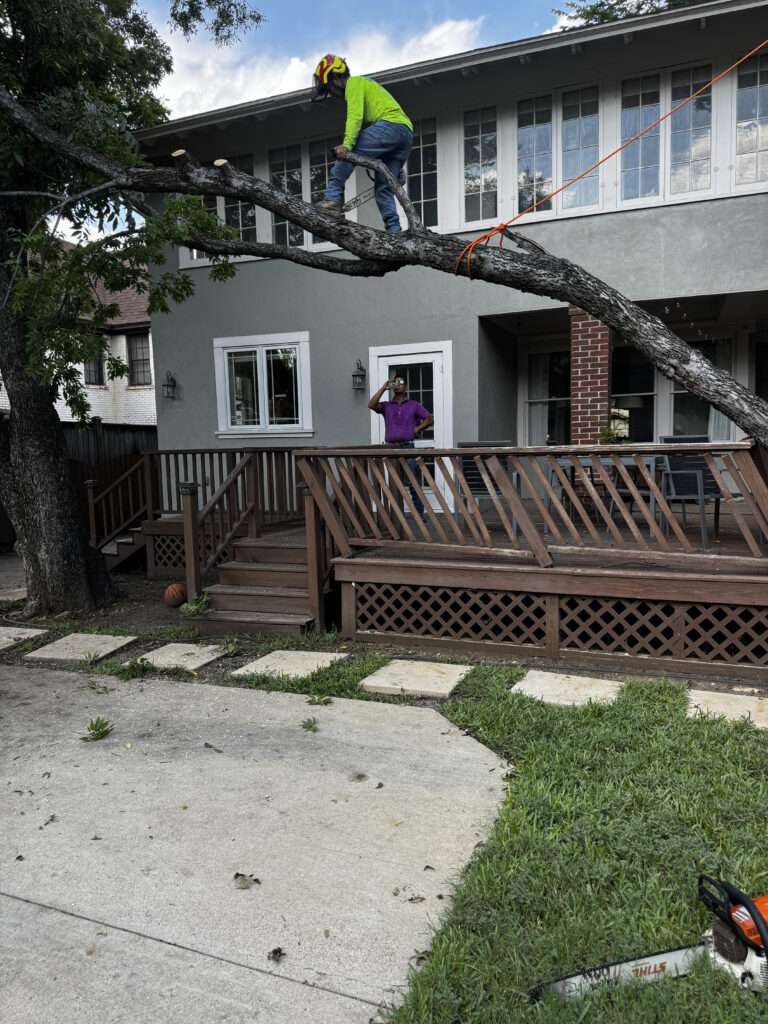
Cons of Tree Cutting
1. Environmental Damage
- Trees absorb CO2 and release oxygen.
- They prevent soil erosion and provide shelter for wildlife.
- Large-scale deforestation contributes to climate change.
2. Loss of Shade and Cooling
- Trees lower temperatures and provide natural cooling.
- Cutting trees can lead to higher energy costs due to increased AC usage.
3. Decreased Air Quality
- Trees filter out pollutants and improve air quality.
- Removing too many trees can lead to an increase in airborne toxins.
4. Habitat Destruction
- Birds, squirrels, and insects rely on trees for survival.
- Cutting down trees displaces wildlife and disrupts ecosystems.
5. Potential Legal Issues
- Some cities require permits for tree removal.
- Cutting protected trees can lead to hefty fines.
- Community backlash can arise if a tree is historically significant.
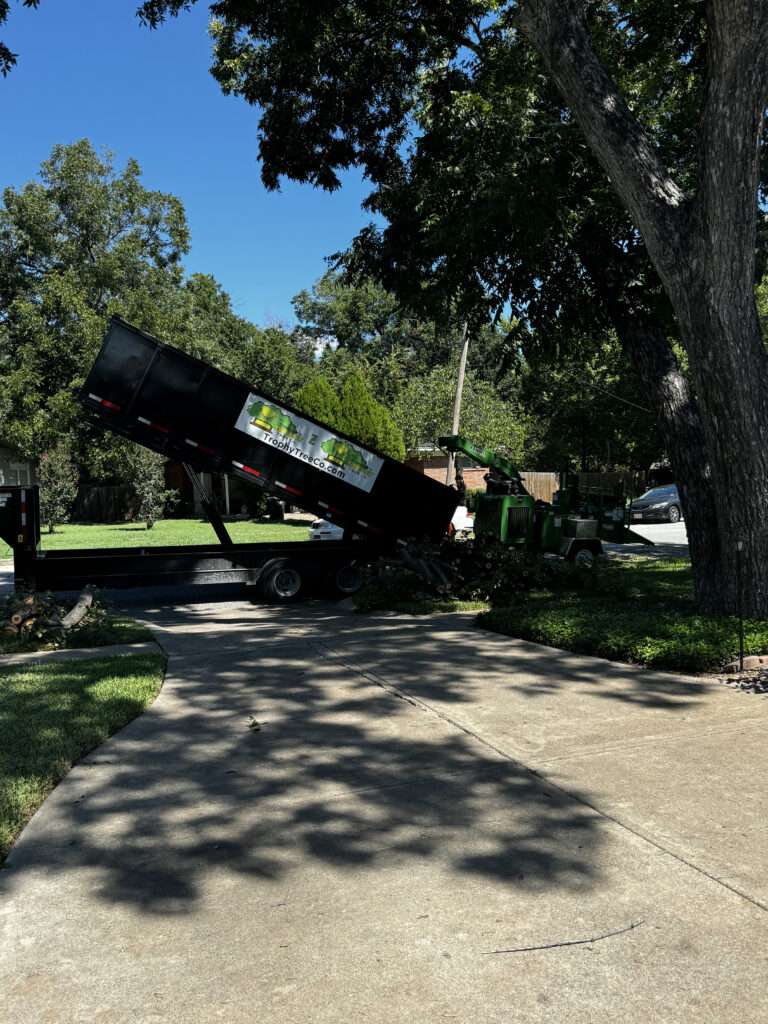
When Is Tree Cutting Necessary?
Not every tree should be removed, but sometimes it’s the best option. Here’s when:
- If the tree is dead or dying – It’s a ticking time bomb.
- If it’s a safety hazard – Leaning trees or weak branches near homes should go.
- If disease is spreading – One sick tree can infect an entire landscape.
- If roots are damaging structures – Cracked foundations and lifted sidewalks are bad news.
- If it’s blocking construction – Sometimes development needs the space.
- If storm damage makes it unstable – A weakened tree isn’t worth the risk.
Before cutting, consider alternatives like pruning or transplanting. A professional arborist can help you decide.
Tree Cutting vs. Tree Trimming: What’s the Difference?
- Tree cutting (removal) – The entire tree is taken down.
- Tree trimming (pruning) – Selective branches are removed to improve tree health.
- When to trim instead of cut – If a tree is healthy but overgrown, trimming is better than removal.
Sustainable Tree Removal: Best Practices
- Replant when possible – Offset removal by planting new trees.
- Use tree materials – Turn cut trees into mulch, furniture, or firewood.
- Check local laws – Avoid fines by ensuring tree removal is legal.
- Hire a certified arborist – Professionals ensure safe and responsible removal.
Internal Links for Local Tree Removal Services
- Tree Removal Services in Arlington
- Tree Removal Services in Keller
- Tree Removal Services in Fort Worth
- Tree Removal Services in Dallas
- Emergency Tree Services
- Tree Cutting Services
External Resources for More Information
- Arbor Day Foundation – Tree Guide
- US Forest Service – Trees
- National Wildlife Federation – Guide to Trees
FAQs
1. How do I know if my tree is overwatered or underwatered?
- Overwatered trees have yellowing leaves, soft bark, and root rot.
- Underwatered trees have dry, curling leaves and brittle branches.
2. What’s the best season for tree removal?
- Late winter or early spring is ideal since trees are dormant.
3. How much does tree removal cost?
- It varies based on tree size, location, and complexity, usually between $150 to $2,500.
4. Can I cut a tree down myself?
- DIY tree cutting is risky. Hiring a professional is safer and ensures proper removal.
5. What are the legal requirements for tree removal?
- Some cities require permits, especially for large or protected trees.
6. Can I replant after cutting a tree?
- Absolutely! Replanting helps restore the environment.
7. What happens to the tree after it’s cut?
- It can be chipped into mulch, turned into firewood, or hauled away.
Final Thoughts
Tree cutting is neither good nor bad—it’s about necessity. If a tree is dangerous, diseased, or interfering with structures, removal makes sense. But cutting trees unnecessarily can harm the environment and wildlife. If in doubt, consult a tree expert. Always aim for balance—safety, sustainability, and smart landscaping decisions.

